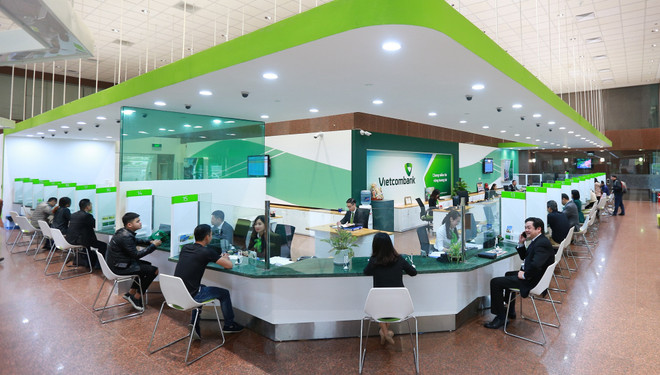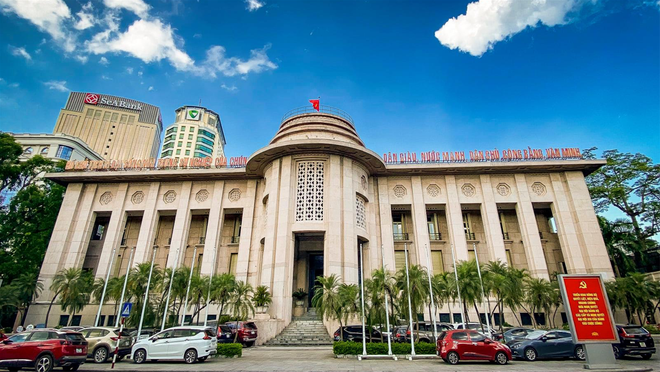The central bank’s decisions clearly reflect its efforts to support economic growth through the credit channel.
At present, the interest rate level basically remains stable, with deposit and lending interest rates tending to decrease gradually. The averagedeposit interest rate of commercial banks is about 5.8% per year, down 0.7%compared to the end of 2022, while the average lending interest rate in Vietnamesedong is about 8.9% a year, down 1%.
The SBV’s decision to continue reducing regulatory interestrates establishes a reduction trend for the market in the comingtime, thereby orienting credit institutions to take more drastic steps to reduce lending rates and accompany businesses and people to contribute topromoting economic growth and recovery, said SBV Standing Deputy Governor DaoMinh Tu.
Dr. Can Van Luc, member of the National Advisory Council onFinancial and Monetary Policies, said that the central bank’s move not onlyaims to assist banks and enterprises, and but also shows an increasingly clearsign of a shift in the monetary policy from being cautious to being loosened.
Along with reducing interest rates, economists expect theSBV will have more solutions to increase the money supply, which has increased very slowly in thefirst half of this year. SBV Deputy Governor Tusaid that in February 2023, the State Bank assigned a credit growth limit tocommercial banks nationwide at 11%, following the year-long orientation of14-15%.
However, by June 15, the economy’s credit was still gloomy,standing at 12.32 quadrillion VND (524 billion USD), up 3.36% from the end of2022, and 8.94% year-on-year, which showed weak absorption of the economy.
Dr. Luc proposed the central bank speed up the restructuringof credit institutions with weak performances in order to minimise unhealthy competition in interest rates.
The Government should make more drastic directions toimprove the business and investment environment, and increase fiscal supportmeasures for businesses, he added./.






























